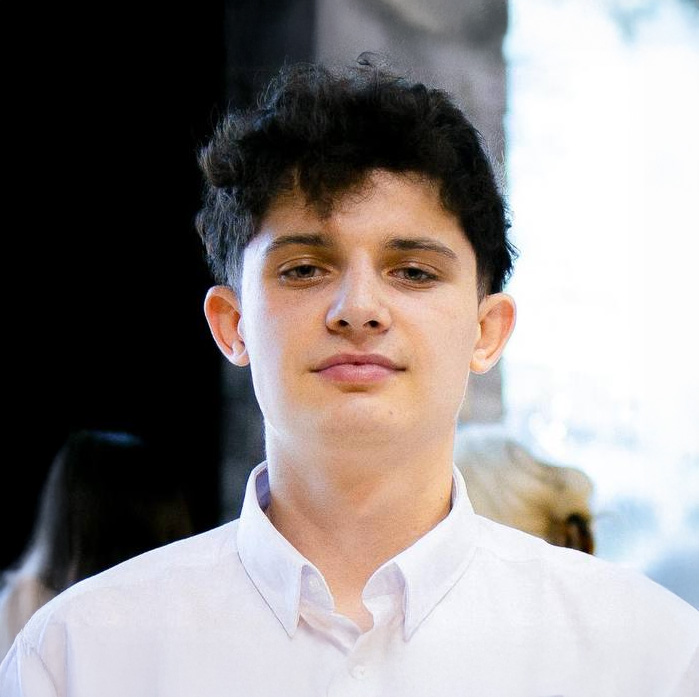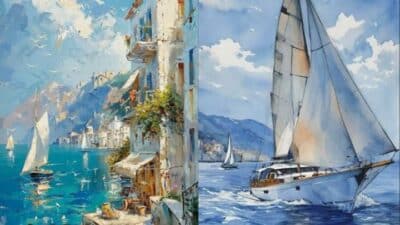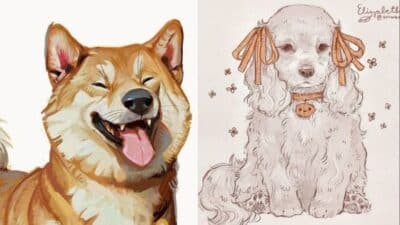Drawing Chicano art lets you engage with a style rich in cultural heritage, emotion, and identity. By learning to draw Chicano art, you connect with its vibrant themes—ranging from portraits and lowrider cars to meaningful symbolism rooted in community and everyday life. This art form is known for its bold lines, detailed shading, and striking designs, making it accessible for both beginners and experienced artists.
You will discover popular motifs like Day of the Dead imagery, script lettering, and street-inspired scenes that highlight the unique spirit of Chicano culture. Influential artists and evolving trends have shaped Chicano art into a recognizable style that stands out in both galleries and urban environments.
Key Takeaways
- Chicano art drawing centers on cultural symbols and recognizable themes.
- Mastering bold outlines and careful shading is essential for authentic pieces.
- Exploring different subjects and learning from established artists will develop your unique style.
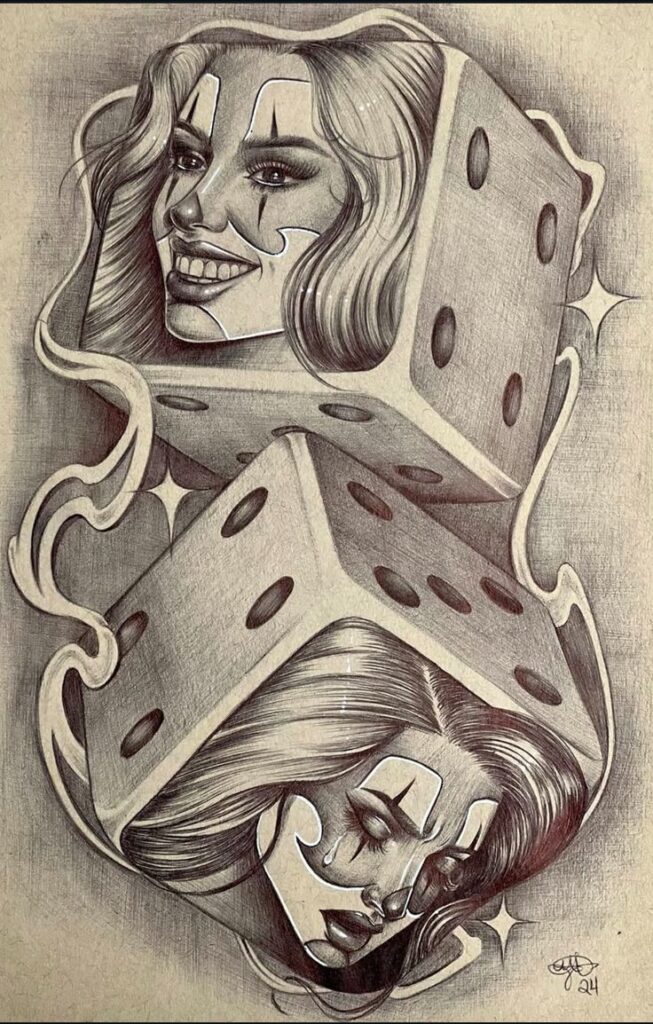
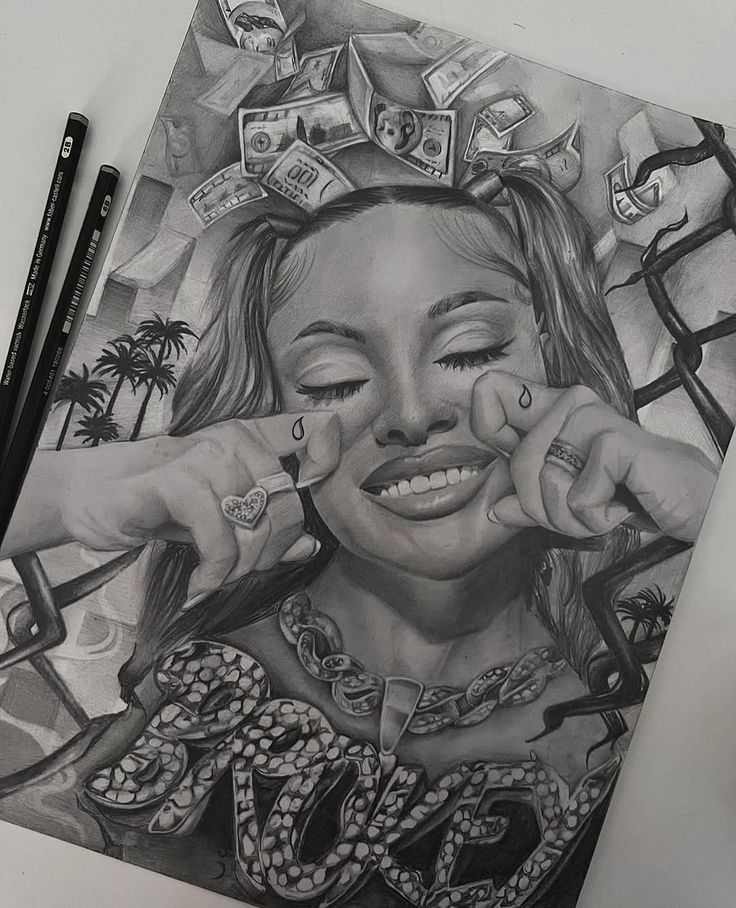
Understanding Chicano Art
Chicano art reflects a complex blend of history, politics, and identity experienced by Mexican Americans. Its visual language communicates rooted traditions, contemporary struggles, and a strong sense of community.
Historical Roots
Chicano art began to emerge during the late 1960s and early 1970s. It was driven by the Chicano Movement, which sought civil rights and greater cultural visibility for Mexican Americans. Artists used murals, posters, and paintings to protest social injustices and highlight their community’s voice.
The movement originated in the American Southwest, especially California and Texas. Many artists combined ancestral Mexican influences with modern American life, expressing themes like labor rights, migration, and political activism.
Key early figures include Judith F. Baca and Carlos Almaraz. Their works and public murals made art more accessible and directly connected to people’s everyday lives.
Cultural Significance
Chicano art is a medium for celebrating Mexican American identity. It bridges the gap between heritage and modern U.S. experiences, allowing you to reflect on belonging and representation. Artworks often invite ongoing conversations about social justice and equity.
Creating Chicano art can unite communities. Public murals, in particular, become landmarks that reflect shared values, struggles, and achievements. Art events and exhibitions foster dialogue and pride within neighborhoods.
Family, faith, and activism frequently feature in Chicano art. The practice often exists beyond gallery walls, reinforcing a communal spirit and highlighting grassroots origins. By drawing Chicano art, you participate in a tradition of resilience and creative response.
Iconography and Symbols
Chicano art draws on a rich visual language. Common symbols include:
- La Virgen de Guadalupe: Represents faith, protection, and cultural continuity
- Aztec and Mayan motifs: Emphasize indigenous heritage and pre-Columbian roots
- Lowriders: Signify individual expression and adaptation of car culture
- Barrio (neighborhood) landscapes: Show community and connection to place
You’ll notice bold colors, stylized lettering, and elements from graffiti and tattoo culture. Artists often incorporate political slogans, historical figures, and references to both struggle and celebration.
Using these symbols can help you convey complex ideas about culture, history, and personal identity. Their meanings may shift depending on the context or the message you want to emphasize in your own work.

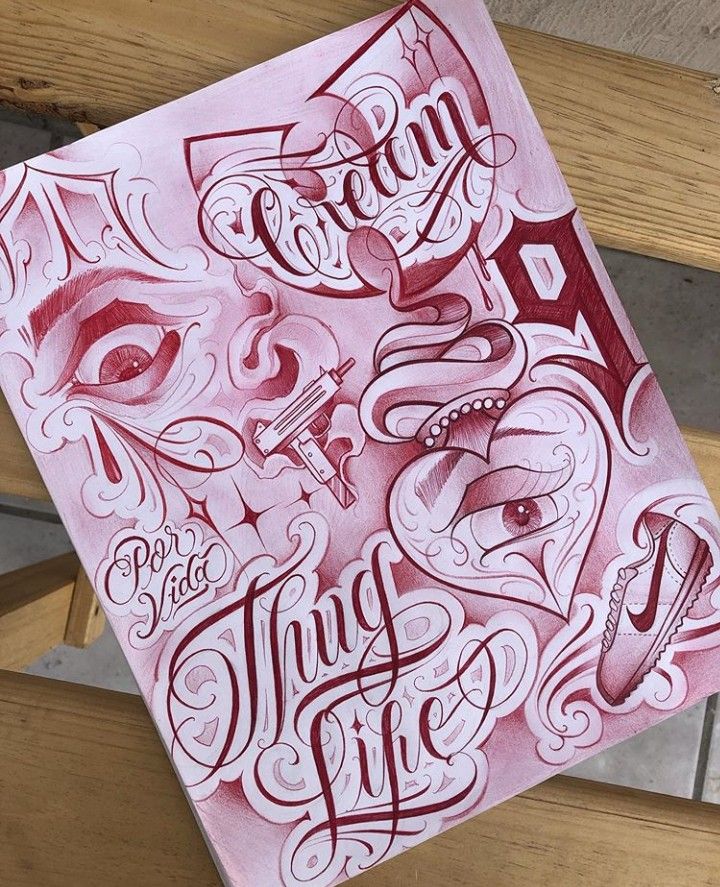
Fundamental Techniques for Drawing Chicano Art
Creating Chicano art requires the right materials and a good understanding of traditional drawing practices. Focusing on precision, shading, and stylized forms leads to distinctive results common in this genre.
Essential Materials and Tools
To get started, prioritize a quality drawing pencil set that includes various lead grades, such as 2B, 4B, and HB. These allow you to control the darkness and softness of your sketch lines.
Recommended tools:
- Sketchbook with smooth, heavyweight paper
- Kneaded and white erasers
- Mechanical pencils for fine details
- Blending stumps for smooth shading
- Ruler for straight edges and borders
Pencil selection strongly influences the final texture and value range. Use softer pencils for bold outlines and shadows, and harder leads for crisp, light sketches. These classic tools help you create the clean lines, heavy contrasts, and precise details found in traditional Chicano-inspired sketches.
Pencil Sketching Methods
Begin by lightly outlining the subject with gentle, broad strokes to map out basic shapes. Chicano art often features elements such as lettering, lowrider cars, and smooth stylized figures, so pay close attention to symmetry and proportionality during the initial layout.
Use a combination of hatching, cross-hatching, and smooth blending with your stumps to develop depth and volume. Gradually build up tonal ranges, starting from the lightest shades and layering darker tones with varying pencil pressures.
Pay particular attention to iconic features—such as bold outlines, intricate shading, and decorative patterns—that define Chicano art. Steady, patient layering will help you construct strong contrasts and a sense of dimensionality while minimizing unwanted smudges.
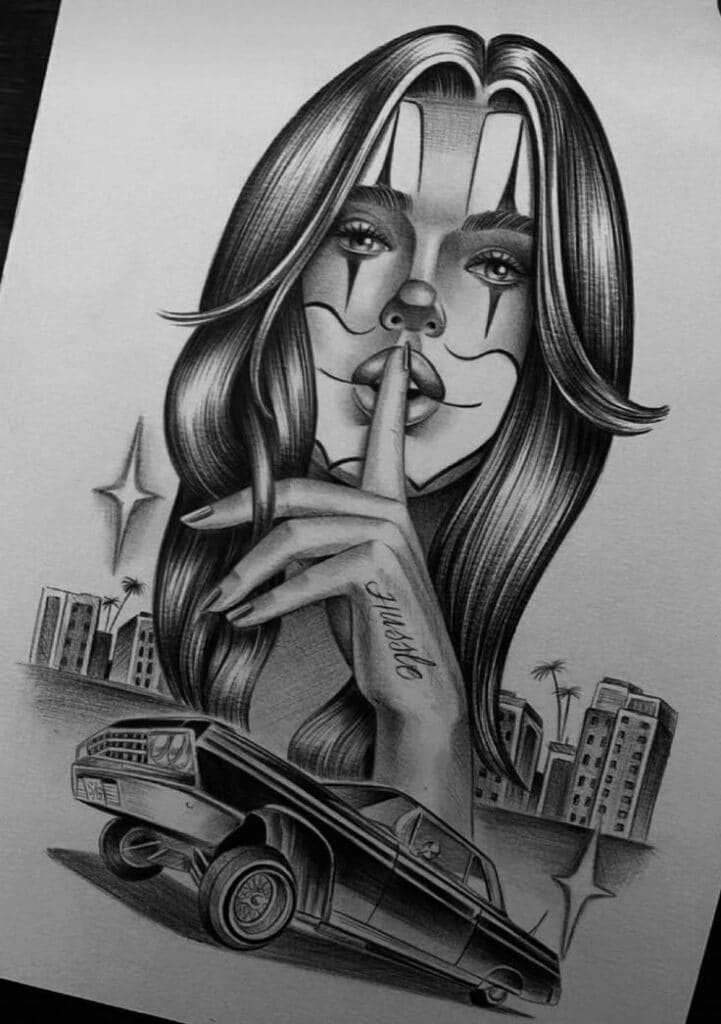

Exploring Popular Chicano Art Forms
Chicano art highlights cultural identity, social issues, and community pride through distinct artistic forms. Techniques and motifs often reflect everyday life and historical experiences.
Murals and Urban Art
Murals stand out as a central tradition in Chicano art, frequently found on city walls, schools, and community centers. They use bold colors, figurative scenes, and symbolic imagery to honor history, cultural icons, and empower local voices.
You’ll notice iconic elements such as Aztec and Mayan references, portraits of influential leaders, and vivid depictions of family and community unity. Many murals are collaborative projects, encouraging neighborhood participation and creating a strong sense of belonging.
Urban Chicano art includes graffiti-inspired lettering and street visuals. Script-style writing, lowrider cars, and expressions against social injustice are common. These works blend artistic skill with messages of resistance and self-expression, making them integral to both the visual landscape and local identity.
Posters and Prints
Chicano posters and prints emerged as key tools for activism and awareness, especially starting in the 1960s and 1970s. Artists produced these works to support causes such as labor rights, education, and immigration reform.
You often see bold text, images of community leaders, and cultural motifs in these pieces. They use striking color contrasts and simplified illustrations, making them effective for public communication.
Posters and prints are easily reproduced, allowing messages to reach a broader audience. These works balance artistry and advocacy, turning everyday visuals into statements of unity and social change. Many continue to circulate in classrooms, cultural centers, and protests today.


Influential Chicano Artists and Their Styles
Many Chicano artists have left a strong mark on visual culture with their unique techniques, subject matter, and cultural commentary. Their approaches capture identity, urban life, and shared experiences in ways that remain relevant.
Carlos Almaraz: Color and Expression
Carlos Almaraz’s work stands out for its vivid use of color and expressive brush strokes. He often depicted everyday street scenes in Los Angeles, infusing them with intense, saturated hues and dramatic light. This approach created a sense of movement and energy, making ordinary moments feel vibrant and significant.
Almaraz’s subject matter included cars, cityscapes, and neighborhood gatherings. His emphasis on the Chicano experience is clear in paintings like Echo Park Lake, where the urban environment becomes lively and almost dreamlike. His compositions often blend realism with abstraction, using bold color contrasts and loose forms.
His technique relied on layering paint and using gestural marks, inviting viewers to feel emotion rather than simply observe. Almaraz’s influence continues in the dynamic color palettes and emotive scenes you’ll find in contemporary Chicano art.
Frank Romero: Themes and Motifs
Frank Romero’s style features repetitive motifs and strong narrative elements. He is recognized for his depictions of Los Angeles freeways, vintage cars, and the urban landscape, which serve as symbols of Mexican American identity within the city.
His artwork uses flat areas of color and clear outlines, making scenes both visually accessible and symbolic. Romero incorporates cultural references, drawing from street culture, traditional Mexican imagery, and themes of community pride. Pieces such as The Closing of Whittier Boulevard highlight how public spaces and city life connect to Chicano history.
A notable aspect of Romero’s style is his use of iconography and storytelling. By combining familiar symbols with personal history, he communicates both cultural heritage and ongoing social struggles. His visuals balance nostalgia and critique, offering a window into life in East Los Angeles.
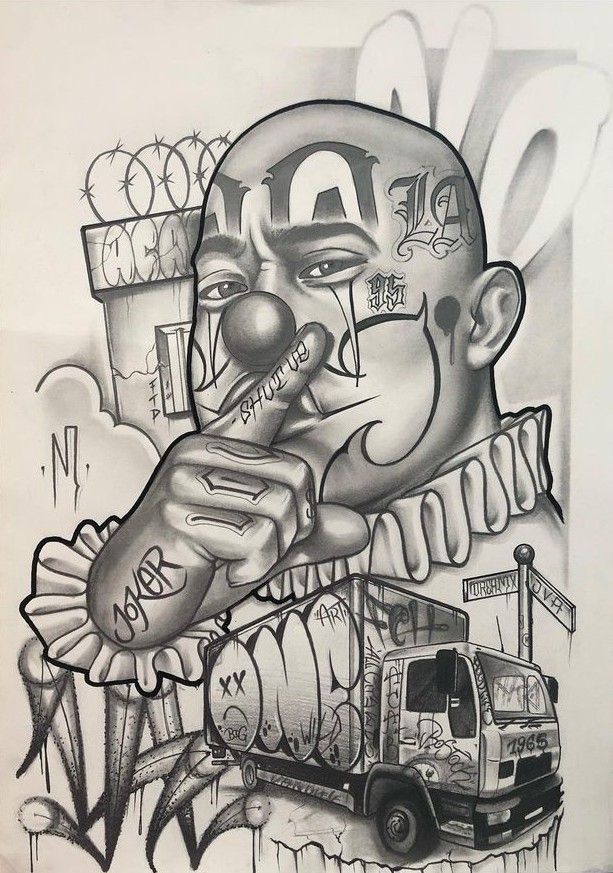
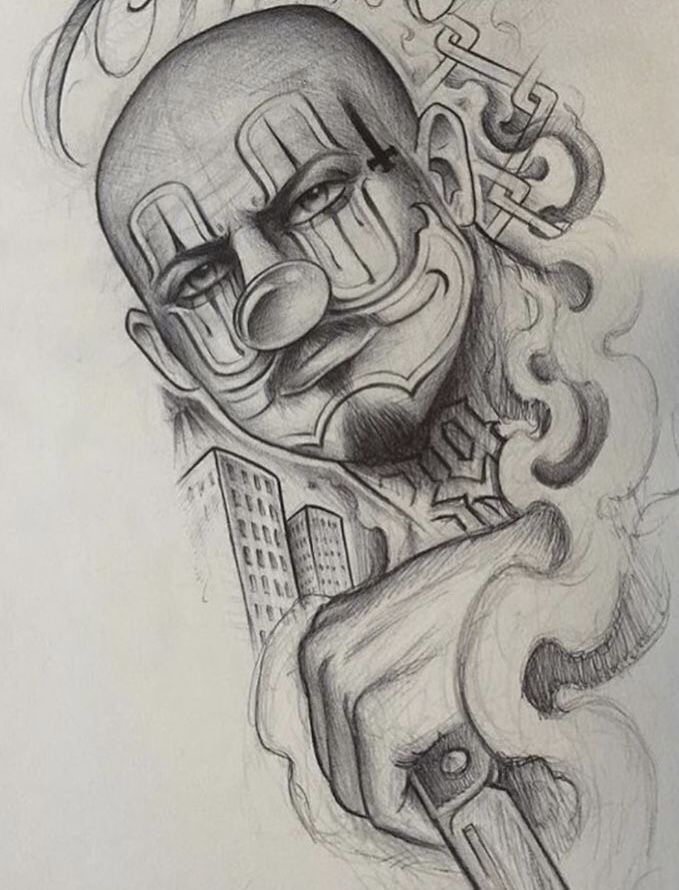
Tips for Creating Authentic Chicano Art
Authentic Chicano art reflects personal experience and cultural heritage. It honors traditional visual themes while remaining open to new ideas and symbols.
Incorporating Personal Narratives
Your own story shapes the most meaningful Chicano artwork. Draw from daily life, memories, and events unique to your community or family.
Use imagery that resonates with your background. Common motifs include family portraits, lowriders, barrio scenes, and significant cultural icons. Scripted lettering, such as names or phrases, can personalize your work further.
Consider these steps:
- Select symbols that represent your experiences
- Integrate family, friends, or community members into your compositions
- Let your emotions influence your color choices and linework
Choose mediums like graphite or ink that allow for detailed expression when telling your story. Prioritize honesty in your visual narrative to create a genuine connection with your audience.
Balancing Tradition and Innovation
Respecting Chicano art’s roots is essential. Classic symbols—such as drama masks, Aztec patterns, and religious imagery—anchor your work in tradition.
However, Chicano art evolves. Incorporate new media, digital techniques, or updated themes to reflect current experiences. This blend keeps your work relevant but also honors its heritage.
Examples of combining tradition and innovation:
| Traditional Element | Modern Technique |
|---|---|
| Script lettering | Digital painting |
| Lowrider imagery | Mixed media |
| Barrio landscapes | Augmented reality |
Balance is key—preserve the recognizable visual language while allowing room for personal or technological growth. This approach not only maintains the core of Chicano art, but enriches it for new generations.
- 113shares
- Facebook0
- Pinterest113
- Twitter0
